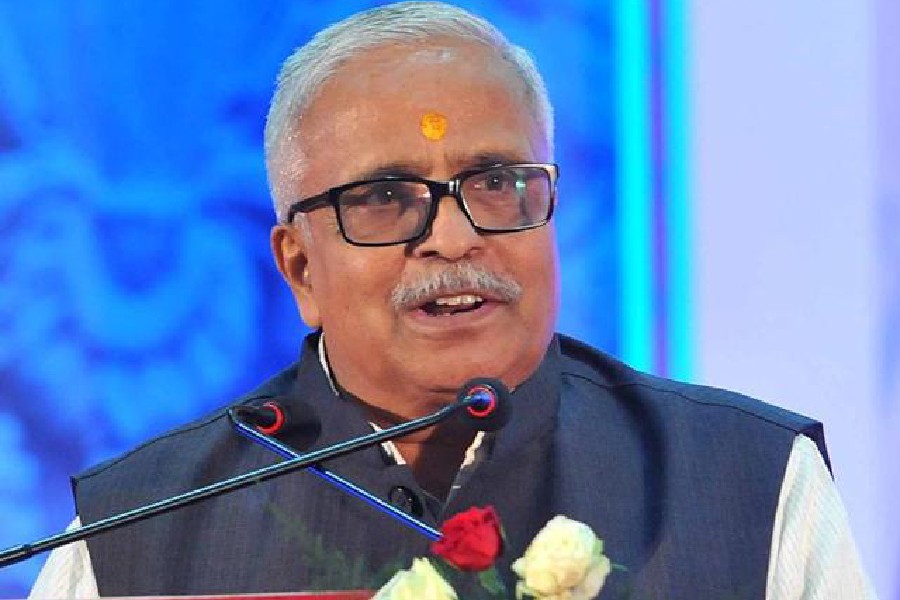A new colony of 400 single-storey houses, meant to rehabilitate those who would lose their ancestral residential homes to make way for the new state Assembly and secretariat buildings at Kute, is almost ready at the nearby Aani village near Jagannath temple under Jagannathpur thana area, but those eligible for the houses are not happy.
The main gripe of residents is that the colony, though it looks “posh” and “modern”, is too small and structured to keep cattle and plant kitchen gardens, things these householders consider a core part of their lifestyle and economy. Also, 400 units were not enough for 600 displaced families, a leader of an outfit fighting for the rights of the displaced told this paper.
Each unit of the colony, with separate premises of 2,700sqft with 1,250sqft built-up area, has three bedrooms, one dining hall, one kitchen and two bathrooms. There are separate buildings for a school and a community hall, two parks, each of 50 decimal areas, and an open ground of two acres and a shopping complex, a 6km and 41-feet-wide blacktop road in the colony in Aani, 1.5km from Kute where work to construct the state government buildings are on.
The colony also has a modern drainage system and underground cable for regular power supply, and streetlights. Ram Kripal Construction, which has done the construction work in two years at a cost of Rs 188 crore, is likely to hand over the colony by mid-July, the company’s project manager O.N. Roy said on Thursday. “We are working on the water harvesting system. Work to install meters and to connect each house with electricity and water also remains, but they’ll be done in days,” Roy said.
But asked about the houses, their to-be occupants expressed reservations. Nihkil Singh Deo of Kute who will lose his ancestral house to the Assembly building said: “I will miss my ancestral house spread over an acre. The house I’ll get is far smaller and won’t have space for a kitchen garden.”
Arun Kumar, a BCom Part II student of Yodaga Satsang Mahavidyalaya, and Singh Deo’s neighbour, agreed the premises were too small. “Sure, the houses look modern, but where will I keep my goats, cows and oxen that are the mainstay of my family’s economy?”
Lal Pankaj Nath Shahdeo, president of Hatia Vishthapit Parivar Samiti under whose banner the displaced will fall, said only 400 houses were not enough.
“As many as 600 families, from four villages Kute, Labe, Tiril and Aani, are being displaced from their ancestral homes due to the state government project. The government promised each adult member of each family a separate house. I don’t think 400 houses are sufficient. The government told us more houses would be built in the second phase. But we want all displaced families to get houses at one time and not in phases,” Shahdeo said.
He put their worries in the context of their past experiences. “Several acres were acquired by the HEC between 1958 and 1960. Each displaced family was assured land for rehabilitation. But those who got land in 1958 got 20 decimal and those got land in 1960 got 10 decimal,” Shahdeo said.
He added that displaced persons also needed jobs and cash compensation for their land that the government had not given so far.











